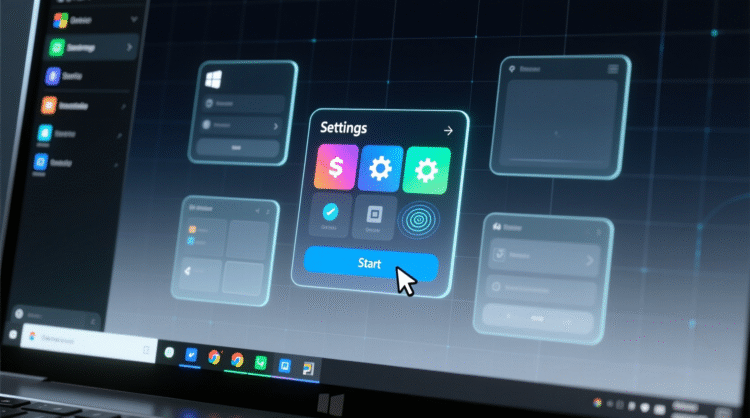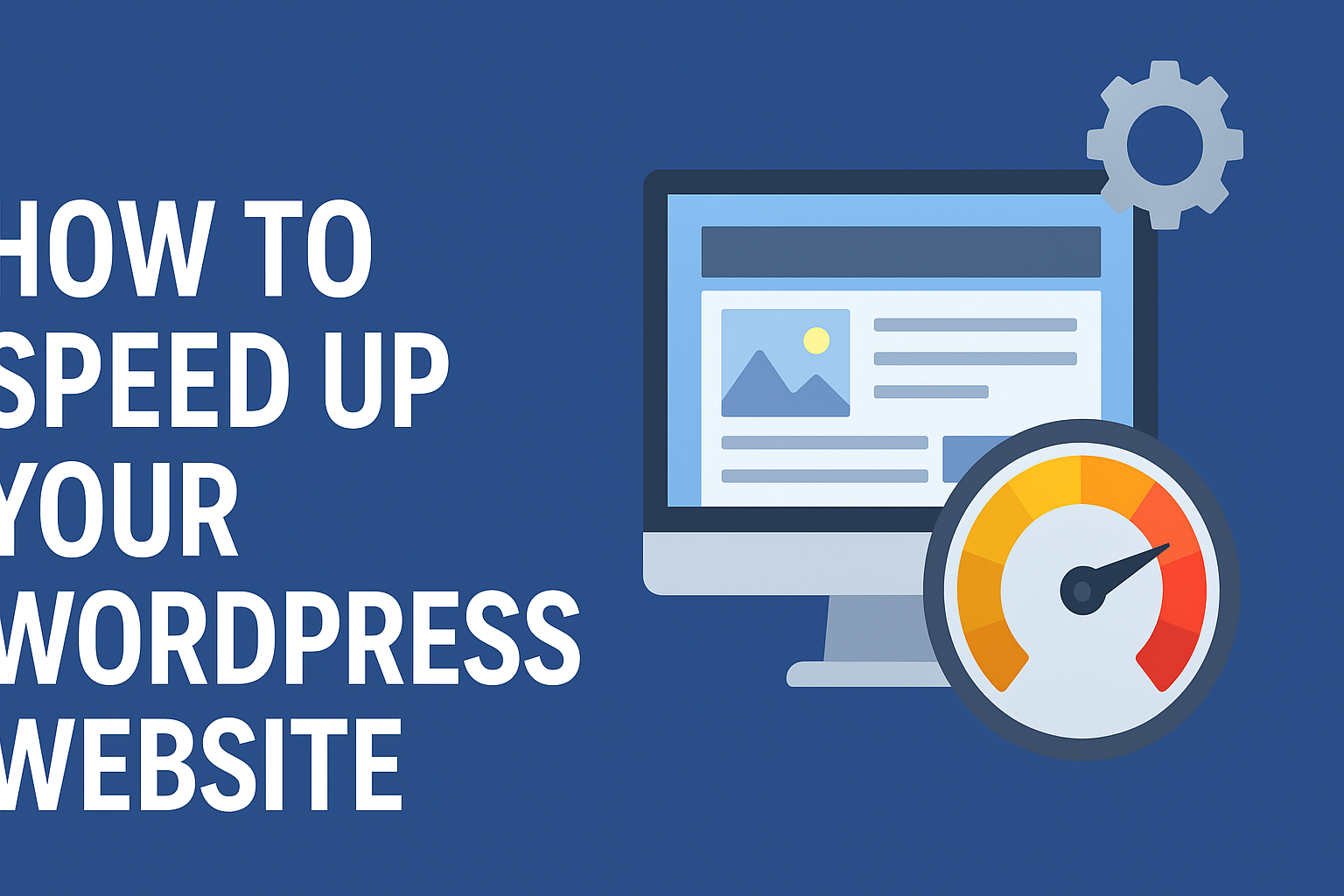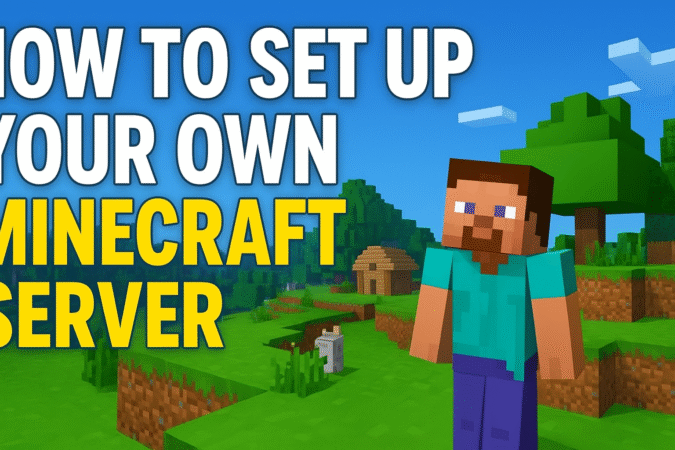
HowToForYou.com – A slow-loading website isn’t just a minor inconvenience. In today’s fast-paced digital landscape, speed is directly tied to visibility, conversions, and customer trust. When users abandon a page that takes too long to load, the impact goes beyond frustration it can derail marketing campaigns, lower search engine rankings, and ultimately damage your brand’s credibility.
For WordPress site owners, performance optimization is no longer optional. Google has made speed a ranking signal for years, and with mobile-first indexing, the stakes are higher than ever. Research consistently shows that more than half of mobile visitors will leave a site that doesn’t load within three seconds, while even a single-second delay in page load can cut conversion rates by up to 20%.
So, what’s slowing down your WordPress website, and how do you fix it? Let’s break it down.
How to Measure Website Speed Accurately
Before you can fix performance issues, you need reliable benchmarks. Popular tools like Google PageSpeed Insights, GTmetrix, and Pingdom provide detailed reports on loading times, bottlenecks, and Core Web Vitals. For WordPress-specific testing, WordPress.com’s free speed tool offers actionable insights tailored to the platform.
Instead of obsessing over arbitrary grades or scores, pay attention to Core Web Vitals, Google’s gold standard for user experience:
-
Largest Contentful Paint (LCP): The time it takes for the main content to load. Target: under 2.5 seconds.
-
Interaction to Next Paint (INP): The responsiveness of a page after a click or interaction. Target: less than 200ms.
-
Cumulative Layout Shift (CLS): How stable your layout is during load. Target: below 0.1.
These metrics provide a clearer picture of how real users experience your site.
The Biggest Culprits Behind Slow WordPress Sites
-
Shared Hosting Bottlenecks
Cheap shared hosting often means your site is competing for resources with dozens of others. Upgrading to managed WordPress hosting or switching to a performance-focused provider can deliver immediate results. -
Unoptimized Images
Large, uncompressed images are among the most common causes of lag. Tools like Jetpack Site Accelerator or plugins such as Smush automatically optimize image sizes without sacrificing quality. -
Plugin Overload
Every plugin you install adds extra code. Too many—or poorly coded ones—can cripple performance. Audit your plugins regularly and replace single-function plugins with all-in-one alternatives like Jetpack. -
Heavy Themes and Page Builders
Feature-packed themes and drag-and-drop builders often load unnecessary scripts. Opt for lightweight themes built with performance in mind, and test builder-generated pages separately. -
Lack of Caching
Caching reduces load times for repeat visitors by serving preloaded content. If your host doesn’t offer built-in caching, plugins like LiteSpeed Cache or Jetpack Boost can help. -
Outdated Software
Running old versions of WordPress, PHP, or plugins not only poses security risks but also slows performance. Enable auto-updates and always back up before upgrading. -
Excessive Scripts and Pop-Ups
Third-party tracking codes, advertising scripts, and aggressive pop-ups can create drag. Limit their use, and always test load times after installing new scripts. -
Database Bloat
Over time, WordPress databases fill up with unnecessary revisions, spam comments, and plugin leftovers. Regular cleanups—or choosing a managed host that does this for you—can keep your site lean.
Advanced Optimization Strategies
Beyond the basics, consider these high-level tactics:
-
Minify Code: Strip out unnecessary characters from HTML, CSS, and JavaScript.
-
Use a CDN: Content Delivery Networks cache your site across multiple servers worldwide, cutting down global latency.
-
Lazy Load Media: Only load videos and images when they’re visible in the user’s viewport.
-
Monitor Redirects: Keep redirect chains short to avoid unnecessary delays.
-
Invest in Expertise: If DIY fixes aren’t enough, hiring an optimization professional or switching to managed hosting can save time and deliver better ROI.
Final Takeaway
Website visitors today are impatient, and search engines reward speed. If your WordPress site is lagging, you’re not just losing pageviews you’re losing business opportunities. By addressing hosting limitations, streamlining plugins, optimizing images, and focusing on Core Web Vitals, you can transform your site into a fast, user-friendly platform that drives results.
Speed optimization isn’t a one-time task. It’s an ongoing investment in your brand’s digital performance. In an online world where seconds matter, making your WordPress website faster is one of the smartest business decisions you can make.







